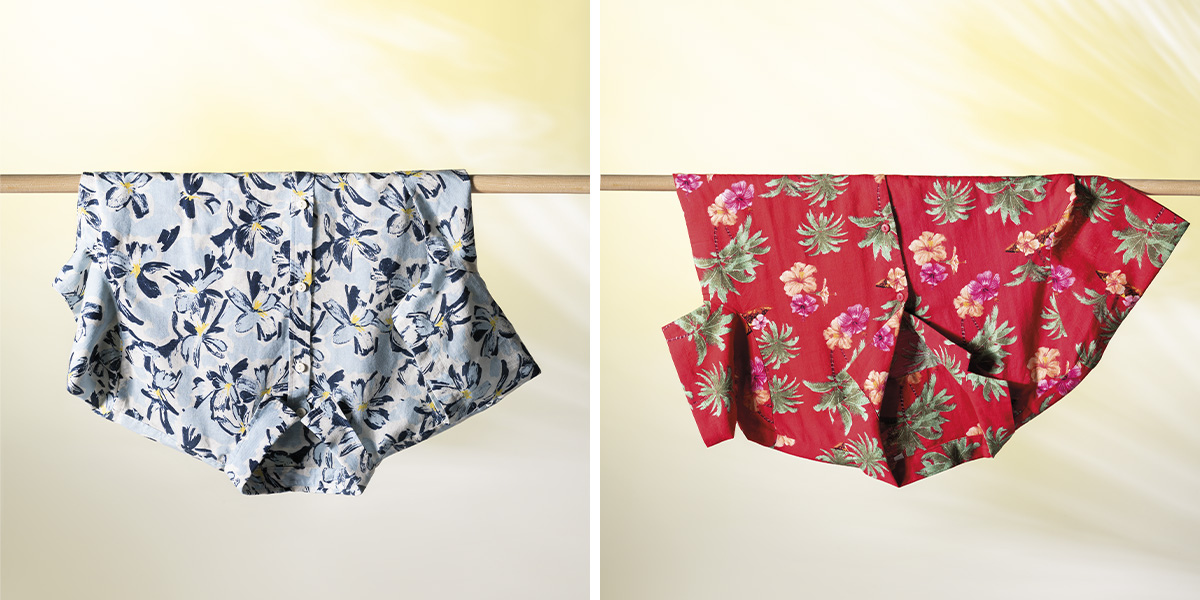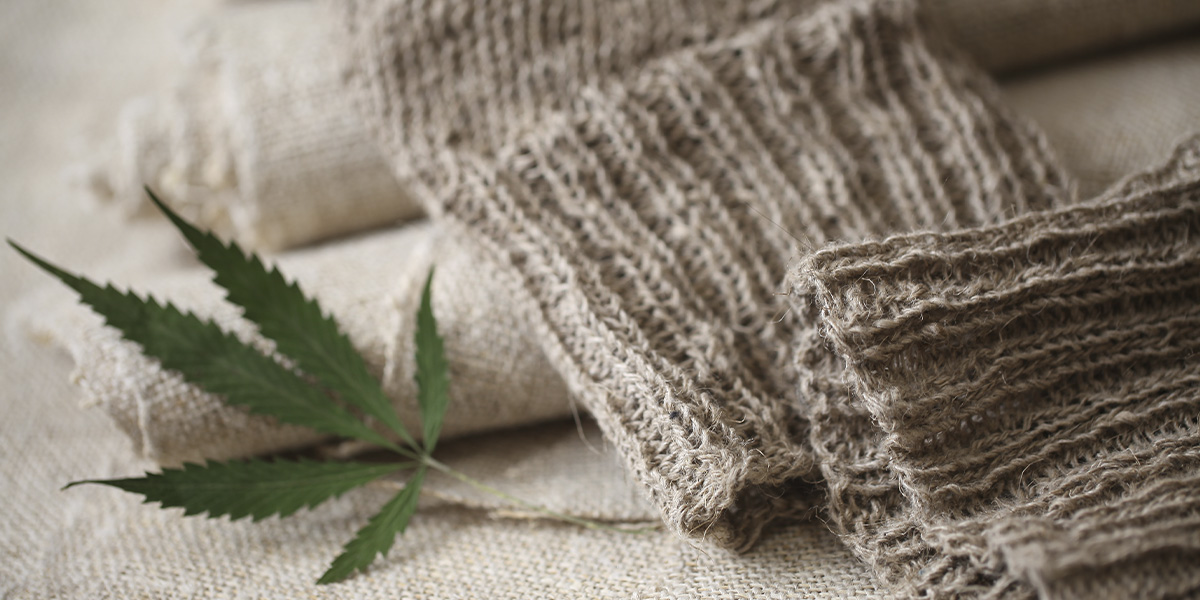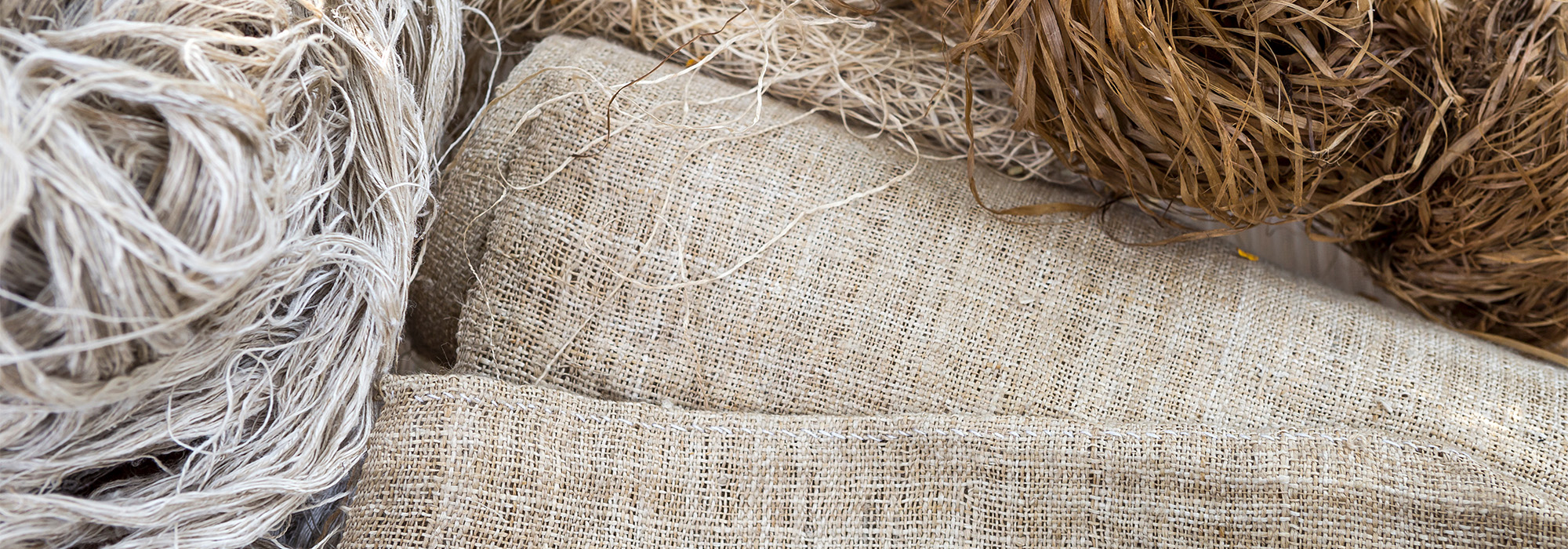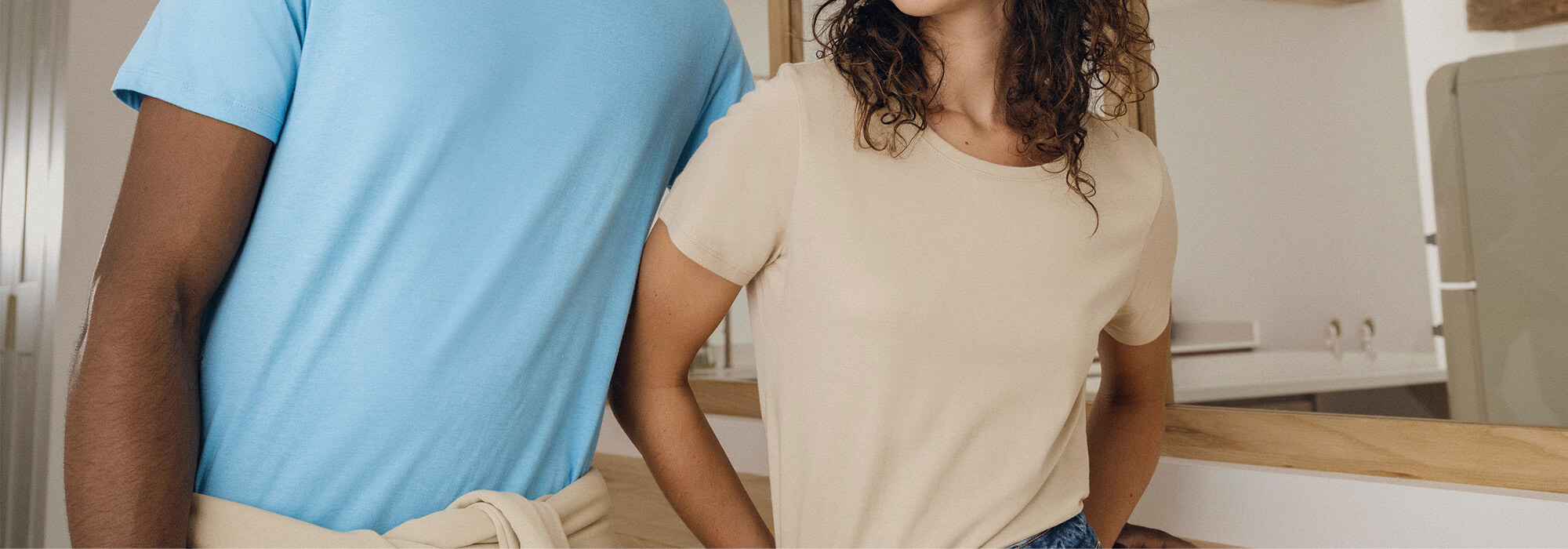Faced with growing environmental challenges, it’s essential to rethink our relationship with fashion and the raw materials that make up our clothes. While cotton and polyester continue to dominate the textile industry, their ecological impact is driving the search for more environmentally-friendly alternatives. Materials such as Lyocell and hemp are emerging as promising solutions.
Lyocell: an ecological, high-performance alternative
Made from fast-growing woods such as eucalyptus, Lyocell combines sustainability and innovation. An analysis by the Natural Resources Defense Council shows that it generates 50% fewer greenhouse gases than traditional polyester and consumes around 10 to 20 times less water than cotton. What’s more, Lyocell breaks down in a few months in a compostable environment, unlike polyester, which takes several centuries to degrade.
Its natural properties, such as softness, strength and breathability, make this fibre an ideal choice for reconciling comfort and respect for the environment.
Discover our selection of Lyocell clothing and embrace more sustainable fashion today! 🌿 Explore our collections

Hemp: an ancient fibre with modern ecological potential
Hemp, which has been used for thousands of years, is back in the spotlight thanks to its ecological advantages. According to a report by the Emerging Textiles Database, growing hemp uses no pesticides and requires around 50% less water than cotton. What’s more, hemp absorbs up to 15 tonnes of CO2 per hectare every year, a figure confirmed by a study from the European Industrial Hemp Association.
This plant also offers a sustainable life cycle, contributing to clothes that require less washing and last longer. It is a key material in the transition to responsible fashion, while reducing the environmental impact at every stage of production.

A more sustainable and innovative textile future
Beyond these current alternatives, a number of innovations are taking shape. Materials such as mycelium, derived from fungi, could replace leather, while biopolymers based on maize or algae offer biodegradable textiles. The idea of manufacturing clothes from cell cultures or yeast is also being developed, promising a radical reduction in environmental impact.
By 2030, recycled or renewable materials could account for more than 40% of the fibres used in the textile industry, compared with around 14% today, according to Textile Exchange’s Global Fibre Impact report. These advances could profoundly transform an industry that is currently responsible for 10% of global greenhouse gas emissions.
Adopting fibres like hemp or Lyocell is the first step towards a more responsible future that respects the planet.
Be part of the change and adopt sustainable textiles today! 🌱 Explore eco-friendly alternatives






